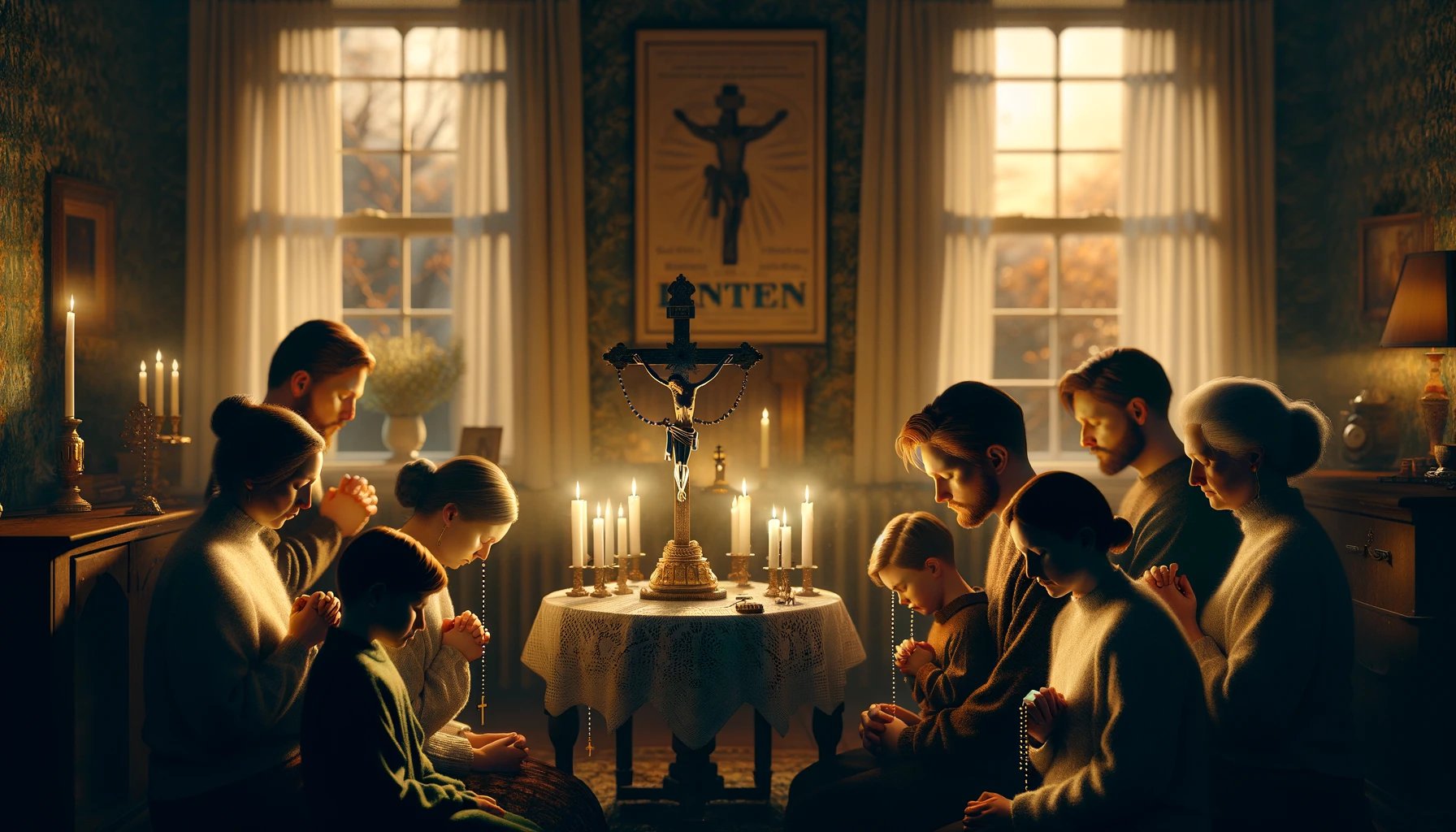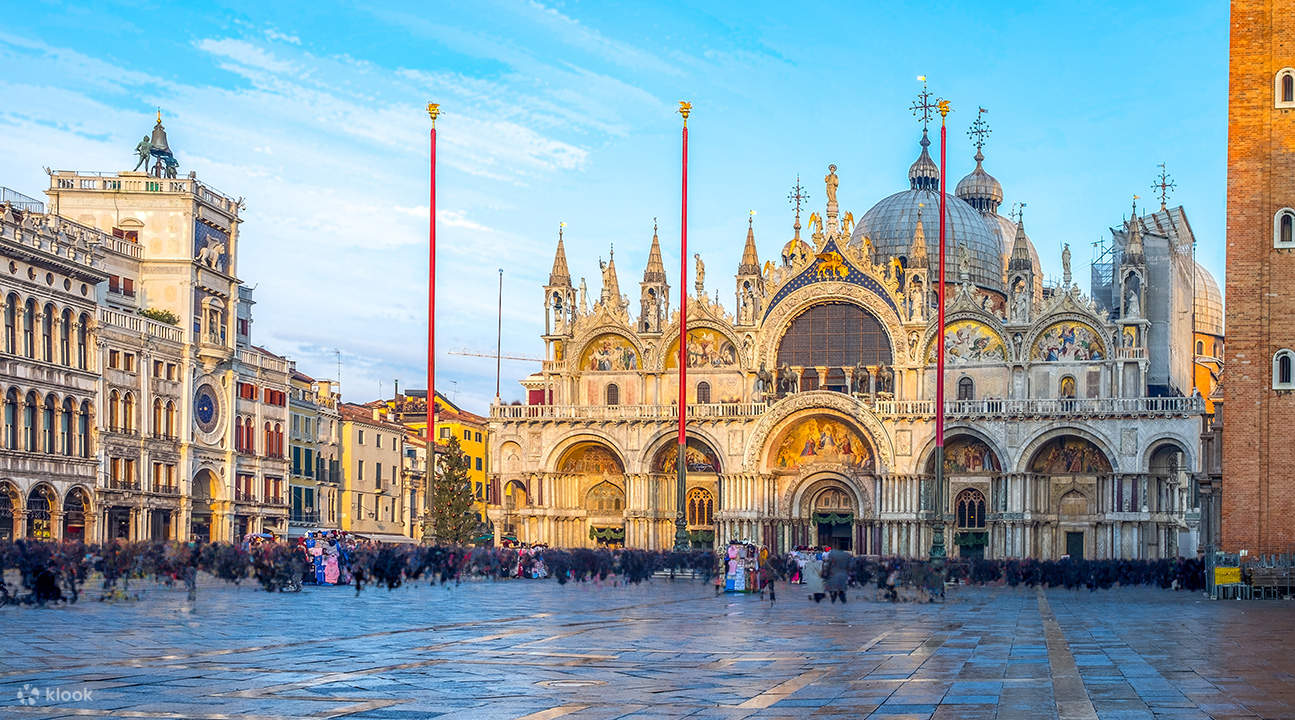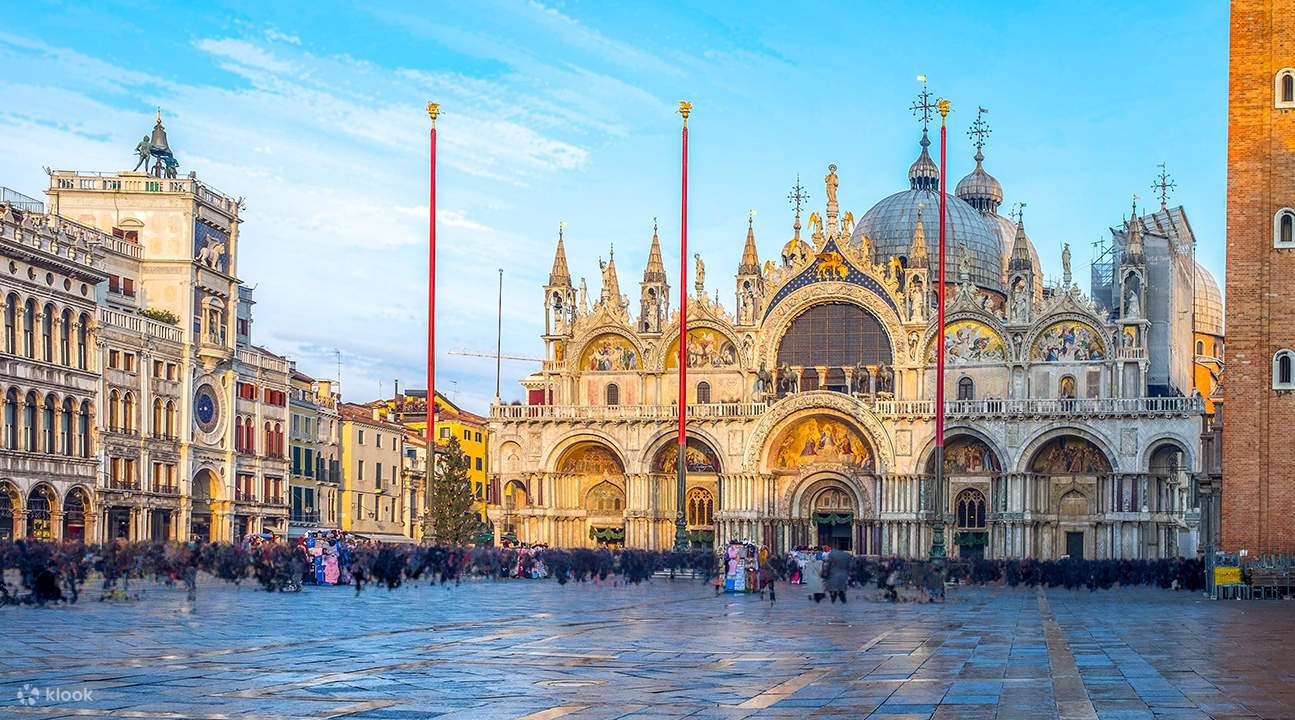Home>Special Themes>What Annual Festival Marks The Start Of Lent?


Special Themes
What Annual Festival Marks The Start Of Lent?
Published: February 28, 2024
Jason DeRose, Managing Editor at Christian.net, uses his expertise in religion and journalism to deepen understanding of faith's societal impacts. His editorial leadership, coupled with a strong academic background, enriches the platform’s diverse content, earning him recognition in both journalism and religious circles.
Discover the significance of special themes at the annual festival that signals the beginning of Lent. Explore the cultural and religious traditions associated with this special event.
(Many of the links in this article redirect to a specific reviewed product. Your purchase of these products through affiliate links helps to generate commission for Christian.net, at no extra cost. Learn more)
Table of Contents
The History of Lent
Lent, which comes from the Old English word "lencten," meaning "spring season," is a 40-day period of fasting, reflection, and penance observed by Christians in preparation for Easter. The history of Lent can be traced back to the early Christian church, where it was initially established as a time of fasting and self-examination. The exact origins of Lent are not entirely clear, but it is believed to have evolved from the early church's practices of fasting and penance. Over time, the duration of Lent has been associated with the 40 days that Jesus spent fasting in the wilderness, as described in the Gospels of Matthew, Mark, and Luke. This period of reflection and self-denial is seen as a way for Christians to follow Jesus' example and prepare spiritually for the celebration of his resurrection on Easter Sunday. Lent is observed by various Christian denominations, including Catholics, Orthodox Christians, and some Protestant groups, each with its own traditions and customs surrounding the observance of this solemn season.
Read more: When Does Lent Start and What Is It?
The Significance of Ash Wednesday
-
Ash Wednesday marks the beginning of the Lenten season and is observed by many Christians worldwide. It falls 46 days before Easter Sunday and is named after the practice of placing ashes on the foreheads of worshippers. The ashes used on Ash Wednesday are typically made by burning the palm branches blessed on the previous year's Palm Sunday. The ashes symbolize mortality and repentance, serving as a reminder of the biblical passage, "For dust you are and to dust you shall return" (Genesis 3:19). The act of receiving ashes on the forehead is a solemn and visible sign of penitence, humility, and mortality. It serves as a call to repentance and a reminder of the need for spiritual renewal during the Lenten season.
-
The imposition of ashes on Ash Wednesday also serves as a public declaration of one's faith and a commitment to the Lenten disciplines of fasting, prayer, and almsgiving. It is a time for Christians to reflect on their lives, seek forgiveness for their shortcomings, and recommit themselves to living a life in accordance with their faith. The ashes are a tangible symbol of this inner spiritual journey and a reminder of the need for reconciliation with God and others. The act of receiving ashes is often accompanied by the words, "Remember that you are dust, and to dust, you shall return" or "Repent and believe in the Gospel," further emphasizing the themes of mortality, repentance, and the call to turn towards God.
-
Ash Wednesday also marks the transition from the joyful celebrations of Mardi Gras to the solemn observance of Lent. It serves as a stark contrast to the revelry and indulgence of Mardi Gras, reminding Christians of the need for self-examination, self-discipline, and spiritual growth. The 40-day period of Lent is a time for believers to emulate Jesus' withdrawal into the wilderness and his subsequent victory over temptation. It is a season of introspection, prayer, and preparation for the celebration of Christ's resurrection on Easter Sunday. The significance of Ash Wednesday lies in its role as a solemn and meaningful entry point into the Lenten journey, prompting believers to reflect on their mortality, seek forgiveness, and renew their commitment to living a life of faith and discipleship.
Traditional Practices During Lent
-
Fasting: One of the most well-known traditional practices during Lent is fasting. This involves abstaining from certain foods or meals as a form of self-discipline and spiritual reflection. The practice of fasting is rooted in the biblical accounts of Jesus fasting in the wilderness and serves as a way for Christians to identify with his sacrifice and exercise self-control. While the specifics of fasting may vary among different Christian traditions, the underlying principle is to redirect focus from worldly desires to spiritual nourishment.
-
Prayer: Lent is a time for intensified prayer and spiritual reflection. Many Christians use this period to deepen their prayer life, seeking guidance, strength, and a closer relationship with God. This may involve attending additional church services, participating in prayer groups, or setting aside dedicated time for personal prayer and meditation. The focus on prayer during Lent is aimed at fostering spiritual growth, seeking forgiveness, and discerning God's will.
-
Almsgiving: The practice of almsgiving, or giving to those in need, is another key aspect of Lenten observance. This tradition is rooted in the belief that acts of charity and generosity are integral to the Christian faith. During Lent, many individuals and churches engage in acts of service and giving, such as donating to charitable organizations, volunteering in their communities, or reaching out to those who are marginalized or in need. Almsgiving is seen as a way to embody the spirit of compassion and selflessness exemplified by Jesus Christ.
-
Self-Examination and Repentance: Lent provides an opportunity for believers to engage in self-examination and repentance. This involves reflecting on one's actions, attitudes, and relationships, and seeking reconciliation with God and others. Many Christians use this time to participate in the sacrament of reconciliation or confession, where they confess their sins and seek absolution. The focus on self-examination and repentance is aimed at fostering spiritual renewal and growth, as individuals strive to align their lives more closely with the teachings of their faith.
-
Liturgy and Worship: Throughout Lent, churches often incorporate special liturgies, hymns, and devotional practices that reflect the solemnity and themes of the season. This may include the use of specific readings, prayers, and rituals that highlight the journey of Jesus to the cross and the anticipation of his resurrection. The liturgical calendar during Lent provides a structured framework for communal worship and reflection, guiding believers through the various stages of the Lenten journey.
-
Abstinence: In addition to fasting from certain foods, some Christians choose to abstain from other activities or habits during Lent. This may include refraining from entertainment, limiting screen time, or giving up certain luxuries as a way of focusing more fully on the spiritual significance of the season. The practice of abstinence is intended to create space for deeper spiritual engagement and self-discipline.
These traditional practices during Lent are intended to create a focused and intentional period of spiritual growth, self-discipline, and preparation for the celebration of Easter. Each practice serves as a means of drawing closer to God, seeking forgiveness and renewal, and embodying the values of faith, compassion, and self-sacrifice.
The Role of Mardi Gras in the Lenten Season
Mardi Gras, French for "Fat Tuesday," is a festive and exuberant celebration that takes place on the day before Ash Wednesday, marking the final day of indulgence before the solemn period of Lent begins. While Mardi Gras is often associated with colorful parades, elaborate costumes, and lively street parties, its significance in the context of the Lenten season runs deep. Here's a closer look at the role of Mardi Gras in the lead-up to Lent:
1. Celebration of Excess
Mardi Gras is a time for revelry and indulgence, allowing people to partake in rich foods, music, and dancing before the onset of the Lenten fast. It is a last hurrah, a moment of unbridled joy and excess before the solemnity of the Lenten season. The celebration of Mardi Gras serves as a reminder of the transient nature of earthly pleasures and the need for self-discipline and reflection as the Lenten journey begins.
Read more: When Does Coptic Lent Start
2. Symbol of Contrast
The contrast between Mardi Gras and Ash Wednesday is stark and intentional. The vibrant and jubilant atmosphere of Mardi Gras gives way to the somber and introspective tone of Ash Wednesday. This stark juxtaposition underscores the themes of repentance, self-denial, and spiritual renewal that characterize the Lenten season. Mardi Gras serves as a poignant reminder of the fleeting nature of worldly pleasures and the call to turn towards a more profound spiritual focus during Lent.
3. Historical and Cultural Significance
Mardi Gras has deep historical and cultural roots, with traditions that vary across different regions and communities. From the elaborate parades of New Orleans to the masked balls of Venice, Mardi Gras is a celebration that has been shaped by diverse cultural influences. Its role in the Lenten season reflects the universal human desire to mark significant transitions with joy, camaraderie, and celebration. The traditions of Mardi Gras serve as a testament to the resilience of community, tradition, and the human spirit.
4. Preparation for Lent
While Mardi Gras is a time of revelry, it also serves as a prelude to the spiritual disciplines of Lent. The festivities of Mardi Gras are followed by the solemn observance of Ash Wednesday, marking a shift from celebration to introspection. The joy of Mardi Gras gives way to the self-examination and spiritual preparation that characterize the Lenten season. In this sense, Mardi Gras acts as a bridge between the exuberance of the present and the contemplative journey of Lent.
5. Reflection on Transience
The ephemeral nature of Mardi Gras festivities serves as a powerful metaphor for the transience of worldly pleasures. The temporary nature of the revelry underscores the impermanence of earthly delights and the deeper spiritual truths that underpin the Lenten season. Mardi Gras prompts individuals to consider the fleeting nature of material indulgence and the enduring significance of spiritual growth and renewal.
In essence, Mardi Gras plays a multifaceted role in the lead-up to Lent, serving as a celebration of excess, a symbol of contrast, a reflection of historical and cultural significance, a preparation for the Lenten journey, and a reminder of the transient nature of worldly pleasures. Its vibrant and joyous festivities provide a fitting prelude to the introspective and spiritually enriching season of Lent.














